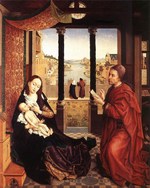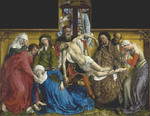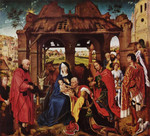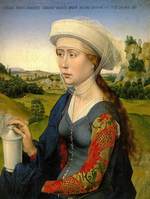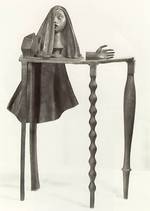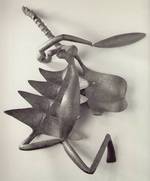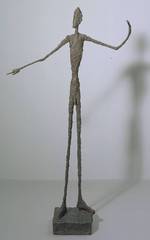|
Featured Artist at the e.Gallery this week is a 15th Century artist, Rogier van der Weyden [Flemish, 1399?-1464] Link: https://fineart.elib.com/fineart.php?dir=Alphabetical/Weyden_Rogier_van_der
Rogier van der Weyden (1399/1400–1464), was a South-Netherlandish painter, chronologically halfway up the list of mediaeval West-European innovators, ranking between Jan van Eyck and Hugo van der Goes, known as the Flemish primitives.
Rogier van der Weyden was born Rogier de la Pasture in Doornik (Tournai). As far as we know, he entered late into the services of master painter Robert Campin, in 1427, a year after marrying Elizabeth Goffaert.
His career took off quickly after that. In 1432 he established himself as a master in Doornik, rising to the position of Brussels City Painter in 1435. From that day on he only worked under his Flemish name. There are clues that he stayed in Bruges between 1432 and 1435; whatever the case, the influence of Van Eyck on his work is clearly felt. Brussels at the time was a good place to work in as it was quickly developing into a regional center.
In the Holy Year of 1450 Van der Weyden traveled to Rome. Along the way he composed several works for the Medici family in Florence.
Van der Weyden painted mostly religious themes – with the exception of several portraits his worldly work has been lost. He never signed his work, so art historians to this day are trying to discover which works are his. Most likely he ran a workshop with a large number of assistants and students.
Characteristic of his work are the clear composition and the lively use of colors, in which he incorporated much symbolism. His altarpieces are considered his highlights, including the Descent from the Cross and the multitych with the Last Judgment in Beaune, where he tried to rival Van Eyck’s Lamb of God. Van der Weyden strongly influenced later painters, among whom his student Hans Memling.
Rogier van der Weyden died in Brussels in 1464, where he was buried in the St. Gudula Church, now known as the St. Michael’s Cathedral. He was reasonably prosperous and renowned during his life. For at least half a century his style was much imitated.
|





